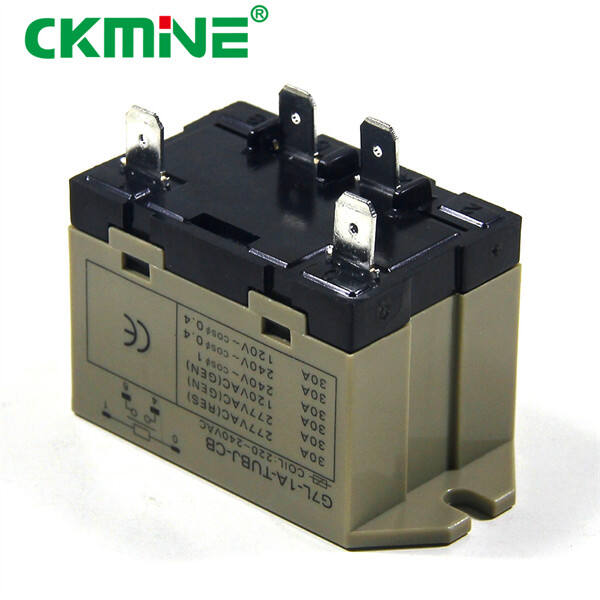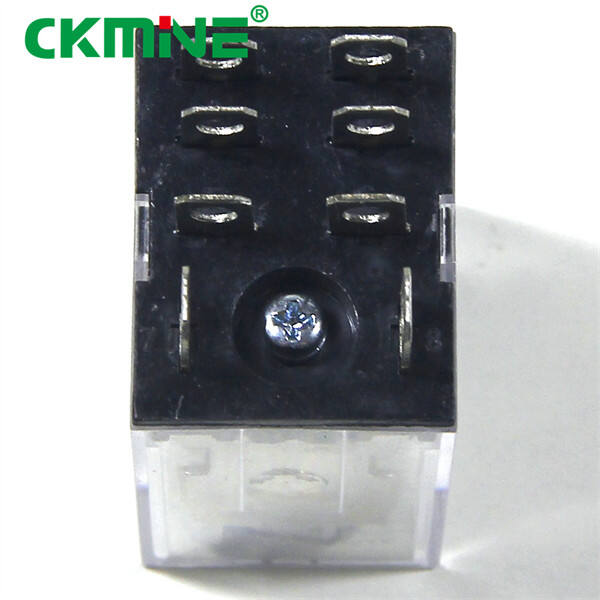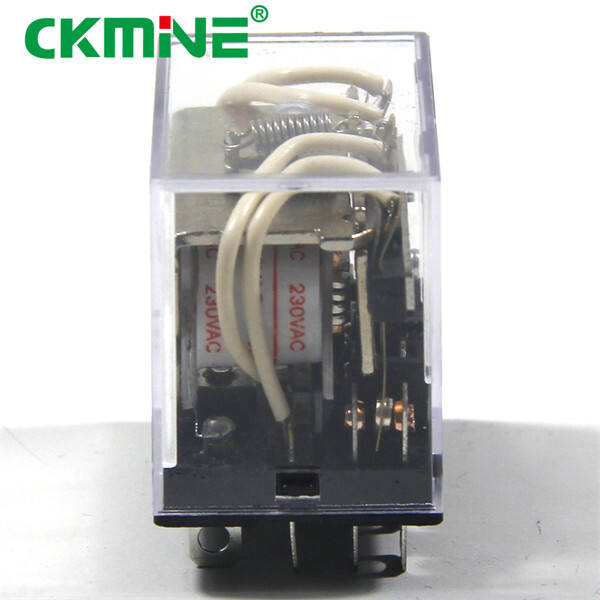Power relays might seem like an intimidating word, but they're quite simple! Power relays are sort of like switches that assist in regulating electricity in machines and appliances. Having them on board is critical to making sure everything runs safely and smoothly.
Power relays are actually pretty cool in electrical systems because they prevent the circuits from receiving too much electricity. They serve as gatekeepers, opening and closing to allow just the right amount of power. It is what prevents the electrical system from being damaged and everything to keep running well.

Power relays consume a small amount of electrical energy to control a much larger amount of power. When the relay receives a signal from a switch or other device, it accelerates the side power movement, by using a small amount of drain current to close or open the circuit. This allows electricity to flow, or blocks it. It’s a simple and relatively effective method to keep everything in-check and running smoothly.

Power relays can be found in countless common fan and machine applications. They are, for example, employed in automobiles to manage things like headlights and windshield wipers. They are also used in home appliances like refrigerators and air conditioners to make them turn on and off at the proper times. If not for power relays, they simply wouldn’t function correctly.

There are a couple of thoughts to keep in mind when selecting the proper power relay. First, you will have to do your homework and look on the relay to see the voltage and current ratings, so that you can make sure it can handle enough power. You'll also need to consider where you will be implementing the relay and what type of signal it will be controlled by. These are some considerations that you can make while selecting a power relay for the purpose.